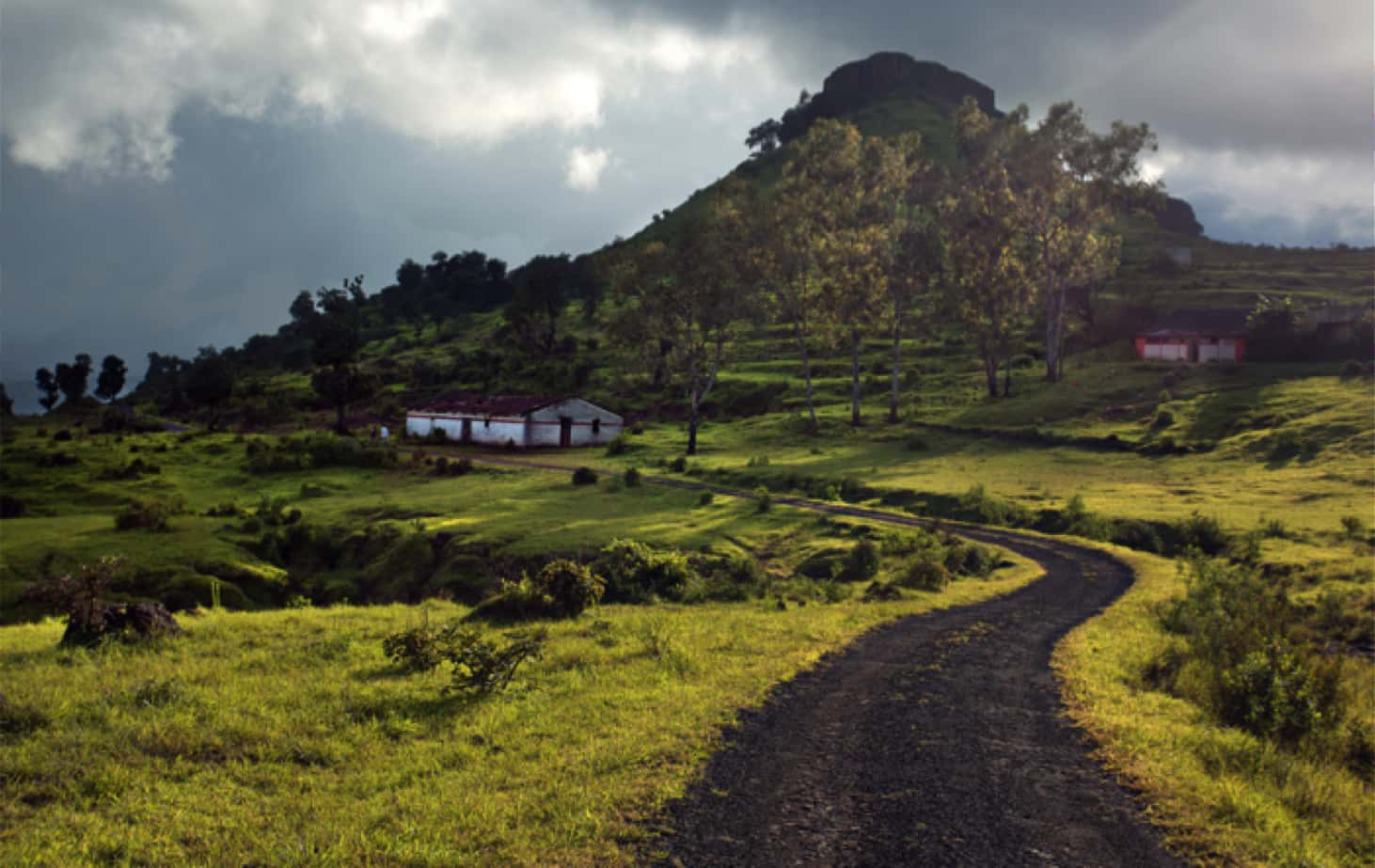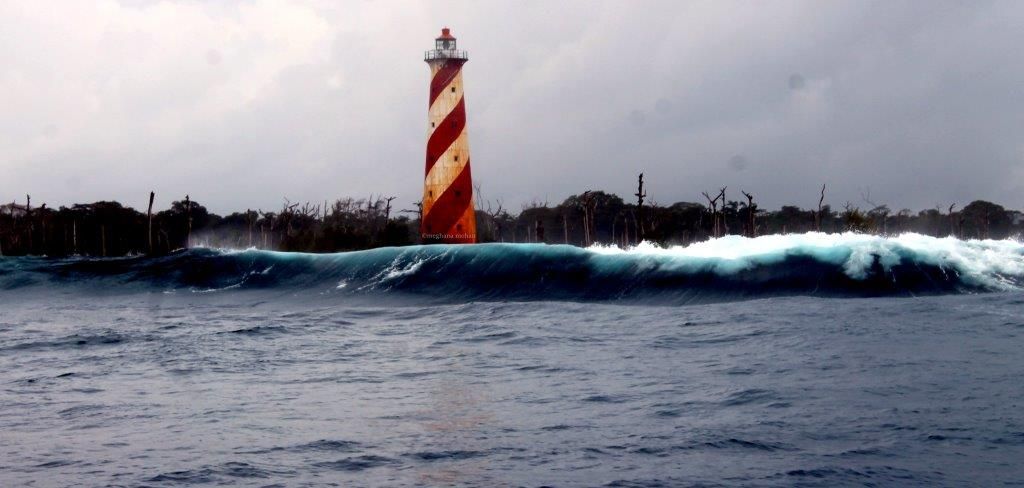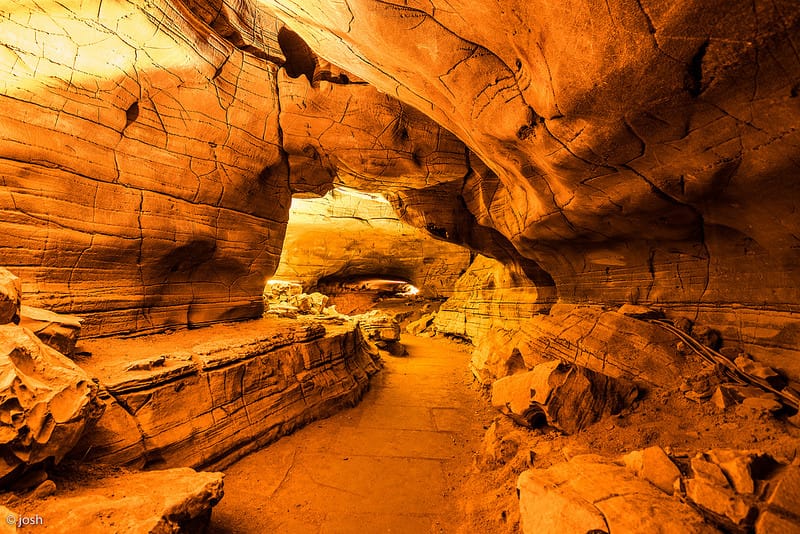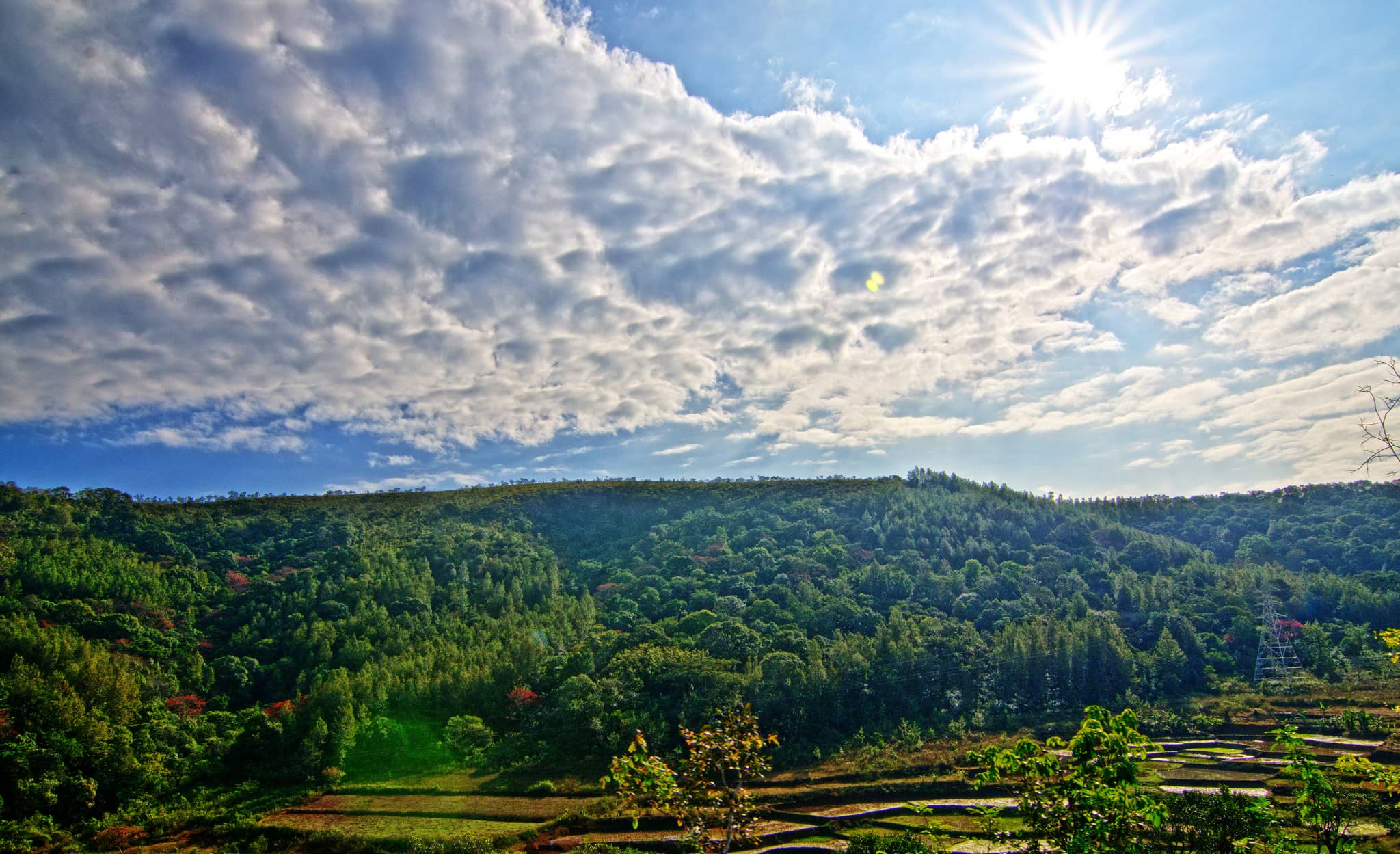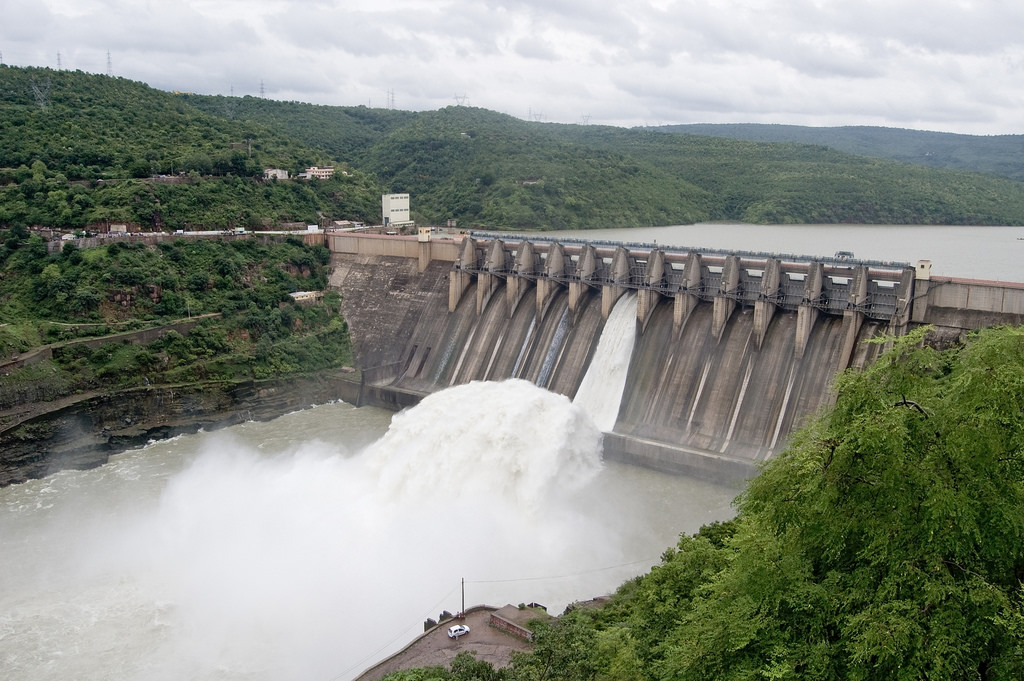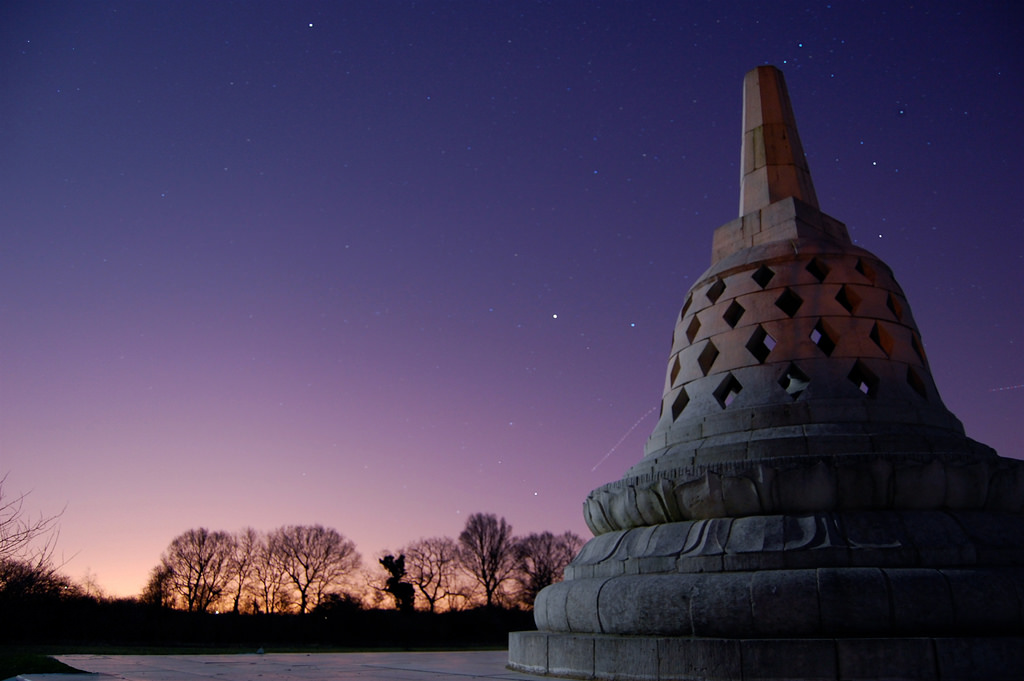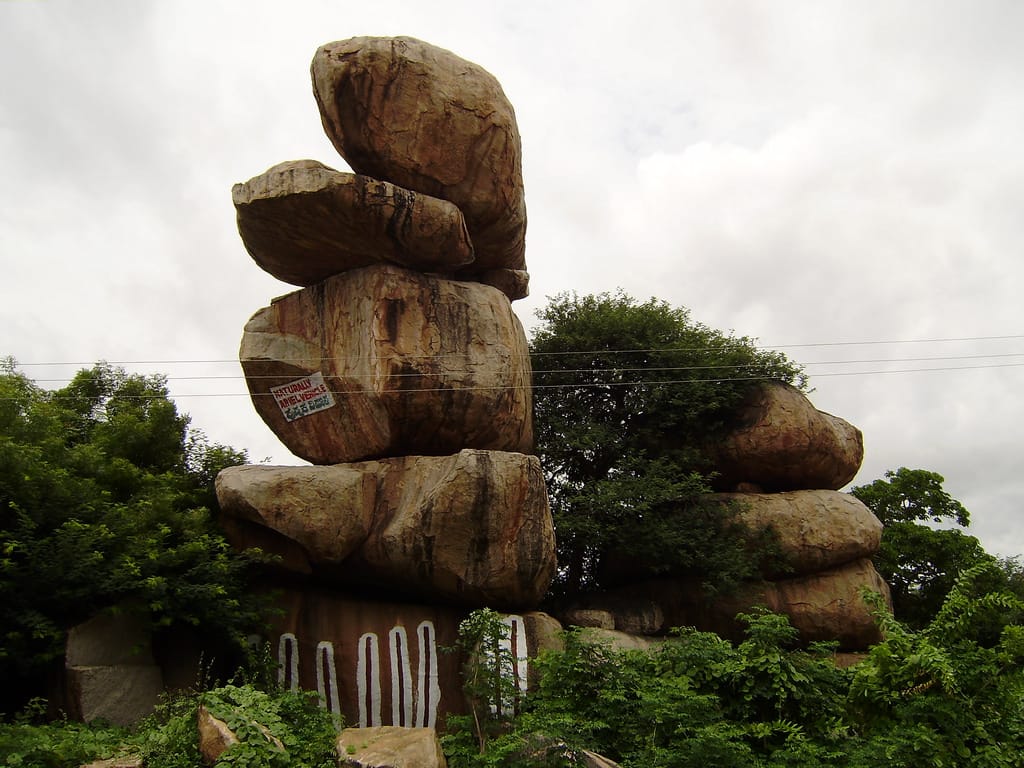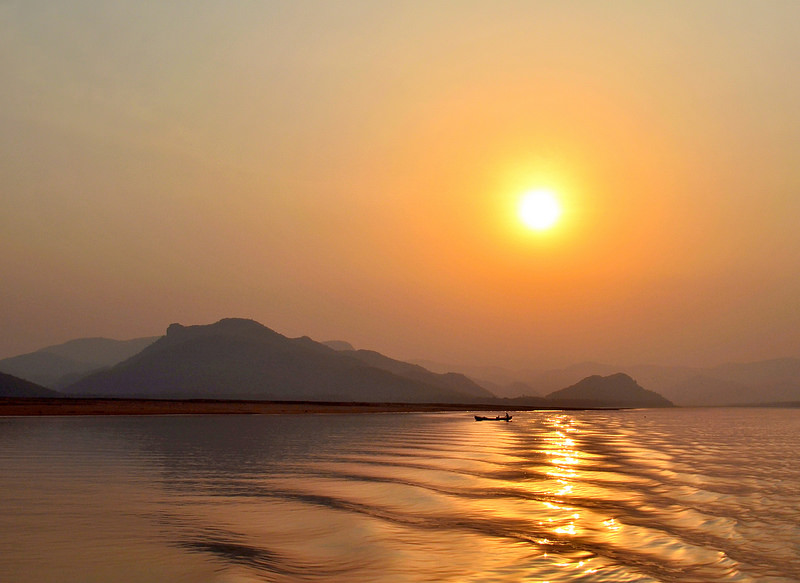Satara is a city in Maharashtra, located where the Krishna and Venna rivers meet. It was founded in the 16th century and was once ruled by Chhatrapati Shahu, the Raja of Satara. The name “Satara” comes from the seven forts found near the city. The city is famous for its sweet treat called Kandipedhe. A unique statue of Shivaji with a cannon is located at Powai Naka. Satara’s Kas Plateau, also called the Flower Plateau, is a World Natural Heritage site.
The city also hosts the annual Satara Half Hill Marathon, attracting many runners.
Satara – places to visit in Satara
Sajjangad Fort
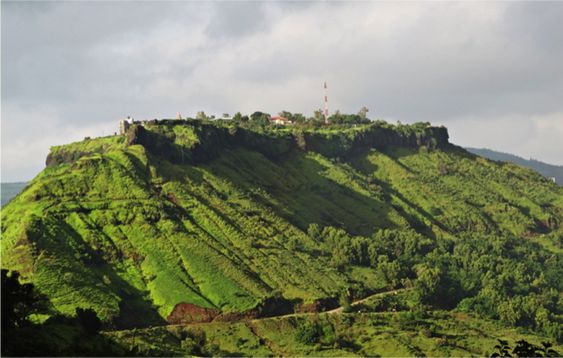
Sajjangad means “Fort of Good People” and is located near Satara.
It is best known as the final resting place of the saint Sant Ramdas.
He was a spiritual guide to Chhatrapati Shivaji Maharaj.
The fort is visited by many devotees and nature lovers.
It offers peaceful surroundings and scenic views of the hills.
Climbing to the top is a popular activity for visitors.
Ajinkyatara Fort
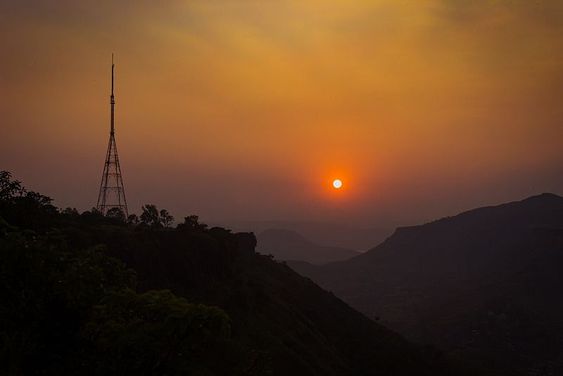
Ajinkyatara Fort sits on one of the seven hills around Satara city.
It lies in the Sahyadri mountain range of Maharashtra.
The fort has historical importance and was once a strong military base.
It offers a great view of Satara and the nearby valleys.
People often hike up to explore the ruins and enjoy the landscape.
It’s a favorite spot for adventure lovers and photographers.
Kaas Plateau
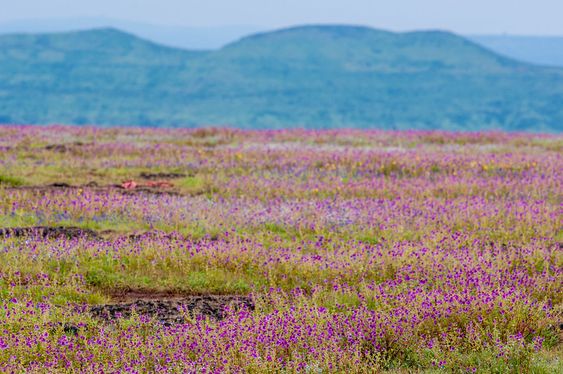
Kaas Plateau, also called Kaas Pathar, is 25 km from Satara.
It is famous for its seasonal wildflowers that bloom after monsoon.
The whole area turns colorful and attracts many tourists.
It is also a UNESCO World Natural Heritage Site.
The plateau is rich in plant biodiversity and rare species.
Nature lovers and photographers visit during the flowering season.
Sangam Mahuli and Kshetra Mahuli
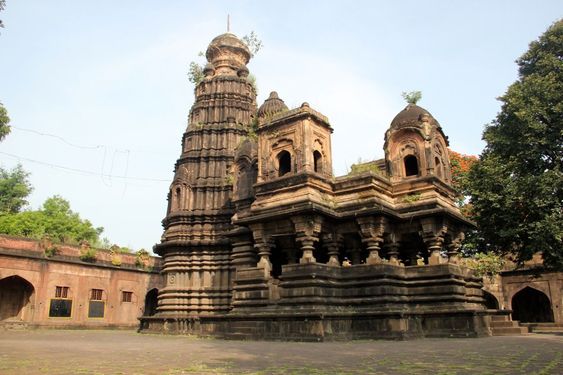
These are two holy villages where the Krishna and Venna rivers meet.
Sangam Mahuli is a popular pilgrimage site in Satara district.
Across the river lies Kshetra Mahuli, also known for its temples.
Both places hold religious significance for locals and visitors.
The area is peaceful and surrounded by natural beauty.
Many people come here for prayer and relaxation.
Natraj Mandir
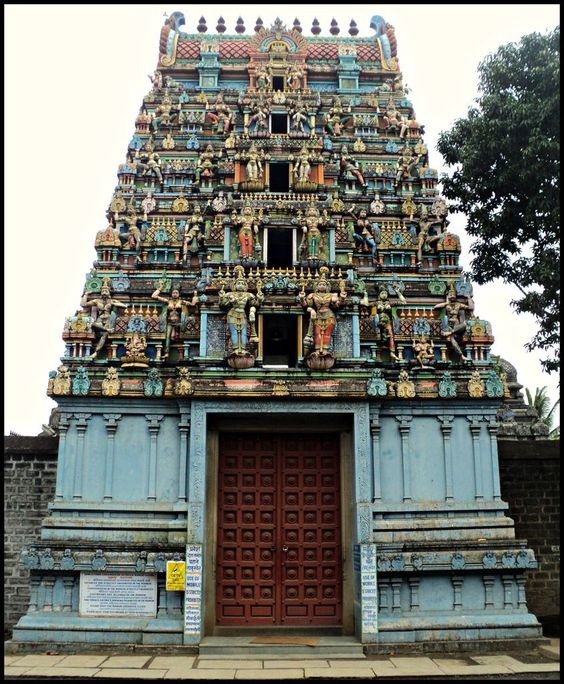
Natraj Mandir in Satara is dedicated to Lord Shiva in his dancing form.
It is modeled after the famous Nataraja Temple in Tamil Nadu.
The temple honors Shiva as the god of dance and cosmic rhythm.
It features beautiful carvings and a peaceful setting.
Devotees visit the temple to seek blessings and meditate.
It’s a serene spiritual place in the heart of the city.
Thosegarh Waterfall
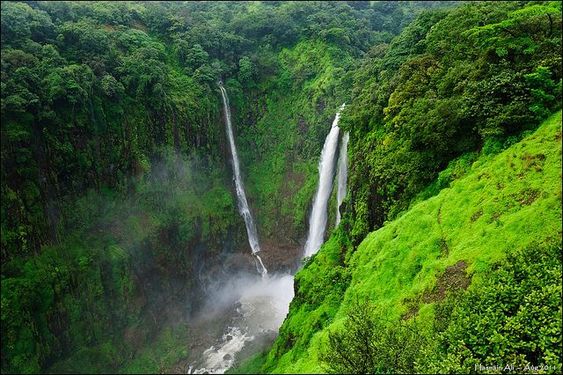
Thosegarh Waterfall is a scenic waterfall near Thoseghar village.
It is about 20 km away from Satara city, at the Konkan edge.
The falls are especially beautiful during the monsoon season.
Lush greenery and cool weather make it a relaxing spot.
The area has viewpoints and safe walking paths for tourists.
It’s a great place for a quiet nature escape.
Chalkewadi Windmill Farms
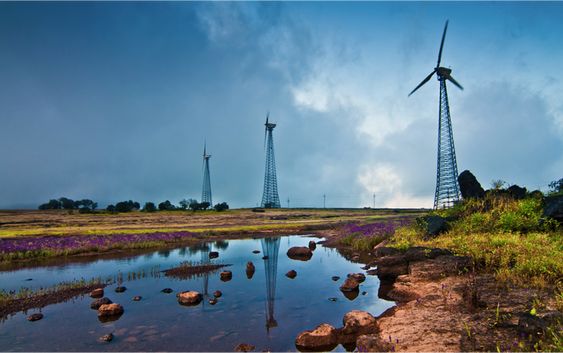
Chalkewadi is known for its large windmill project in Satara.
Hundreds of windmills are spread across the hills here.
They produce clean and renewable energy for the region.
The place is windy, green, and perfect for a day trip.
Visitors come to enjoy the open landscape and take photos.
It’s both an eco-friendly site and a tourist attraction.
Chaar Bhinti
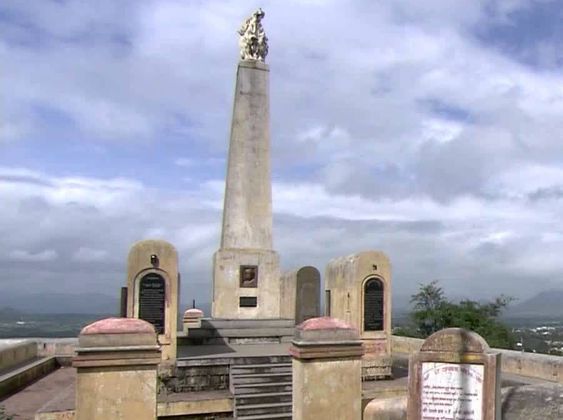
Char Bhinti is a historic hilltop spot on the way to Ajinkyatara Fort.
From here, you can get a wide view of Satara city.
The place has four stone walls that give it its name.
One side offers views of the city, while the other shows the fort.
It’s a peaceful place ideal for a short hike or picnic.
Locals visit often to enjoy sunrise and sunset views.
Bogda
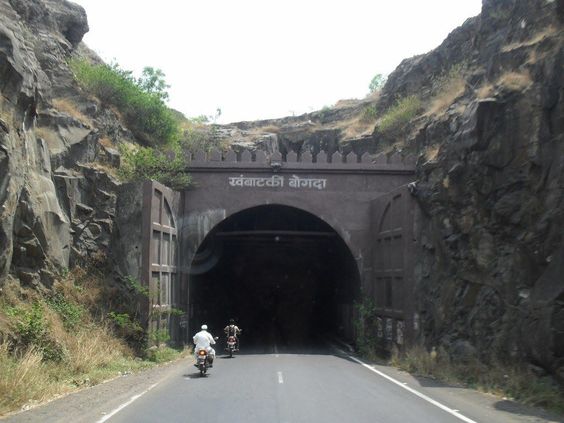
Bogda is a tunnel made through the Ajinkyatara hill in Satara.
It connects two sides of the mountain and eases travel.
The tunnel is known for its smart construction during British rule.
It is seen as an example of old engineering skills.
People appreciate both its historical and practical value.
Bogda is also a shortcut for travelers crossing the hill.
Best time to visit Satara
The best time to visit Satara is from October to March when the weather is pleasant.
August to October is ideal for visiting the Kaas Plateau, which blooms with colorful wildflowers.
Summers can get very hot, with temperatures reaching up to 40°C, making travel uncomfortable.
Winters are cool and dry, perfect for sightseeing, early morning walks, and boating.
During this season, visitors can enjoy misty hills, clear skies, and refreshing natural beauty.
